Eastern Ethiopia. Mostly Muslim, it is worlds apart from the rest of the African country, which is mainly Orthodox Christian.
In the main city of the region, Harar, lies “Harar Jugol,” the fortified enclosure whose walls were built between the 13th and 16th centuries. The walls are up to 4m high and are pierced by gates representing the five pillars of Islam. This region has belonged to kingdoms, empires, and Emirates. It was invaded and ruled by Arabs, Egyptians, Italians, Oromo, and the Allies near the end of WW II. It was a major travel destination for the mythical caravans loaded with goods from the Middle East, North Africa, Europe, Arabia and India, and a temporary address for interesting people like Wilfred Thesiger and Arthur Rimbaud.
The alleys of the Jugol, with its 82 mosques, form a maze filled with images of long-gone times: tailors work outdoors on their Singer sewing machines, women sell bread, honey, khat (“chat”, a leaf that’s to be chewed and is mildly stimulating), sweets, tea (“tchay”), coffee (“bunná”), spices, plastic sandals (the only footwear for many); and kids carry water, food, make deliveries and ask for money or attention. The locals bear a mix of features of Arabs, mulattos, black people from the Northeast (the Afars, the “spaying” warriors) and Somalis.
It’s a stunning journey through gone by eras, amid colorful dresses, scents of cinnamon tea and intense coffee, seasonings, flitting fabrics and the Islamic culture, ubiquitous.
More info: Facebook
Traditional houses in Harar Jugol
Colours, patterns and shy people.
An alley of Harar
Trying not to get lost here was non-sense. So I relaxed and tried to find my way back home just when the day was done
Long walks, mixed colours, quiet places
Crossroads, stone, clay, rocks, and concrete
Street tailors: fabrics artists, aplenty all over Ethiopia
In order to photograph the passing women, I leaned against a wall at a given alleyway. Some of them noticed I was snapping them and discreetly posed for the lenses. Others, wary as they were, just went their way.
Glazed glass, Rimbaud Museum. A large manor was turned into a museum in honor of the French poet Arthur Rimbaud, who left France in 1875 and went through Germany, Italy, Cyprus, Indonesia, Yemen and finally settled in Harar, where he traded mainly on coffee and weapons, among many other goods. Rimbaud lived in Harar for five years, during three distinct periods between 1880 and 1891, when he left for Aden, Yemen, seeking medical treatment for his pains in a swollen knee. The treatment didn’t work and he sailed on to Marseille, where his cancerous leg was amputated. It was too late though, and Rimbaud died in that French city at the age of 37. He’s credited by many with reinventing modern European poetry.
3Kviews
Share on FacebookThank you for sharing such beauty and what is to me, an unknown world 😊
Thank you for sharing such beauty and what is to me, an unknown world 😊
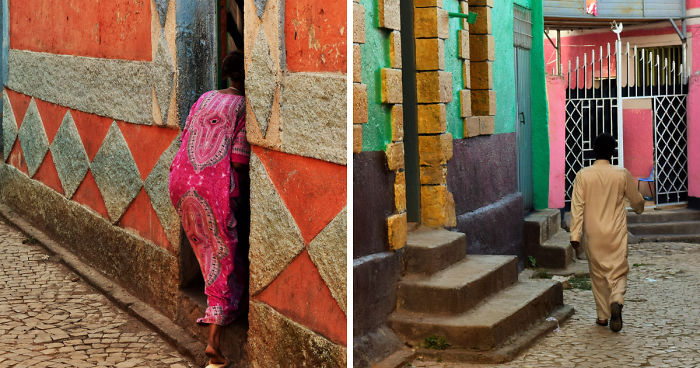
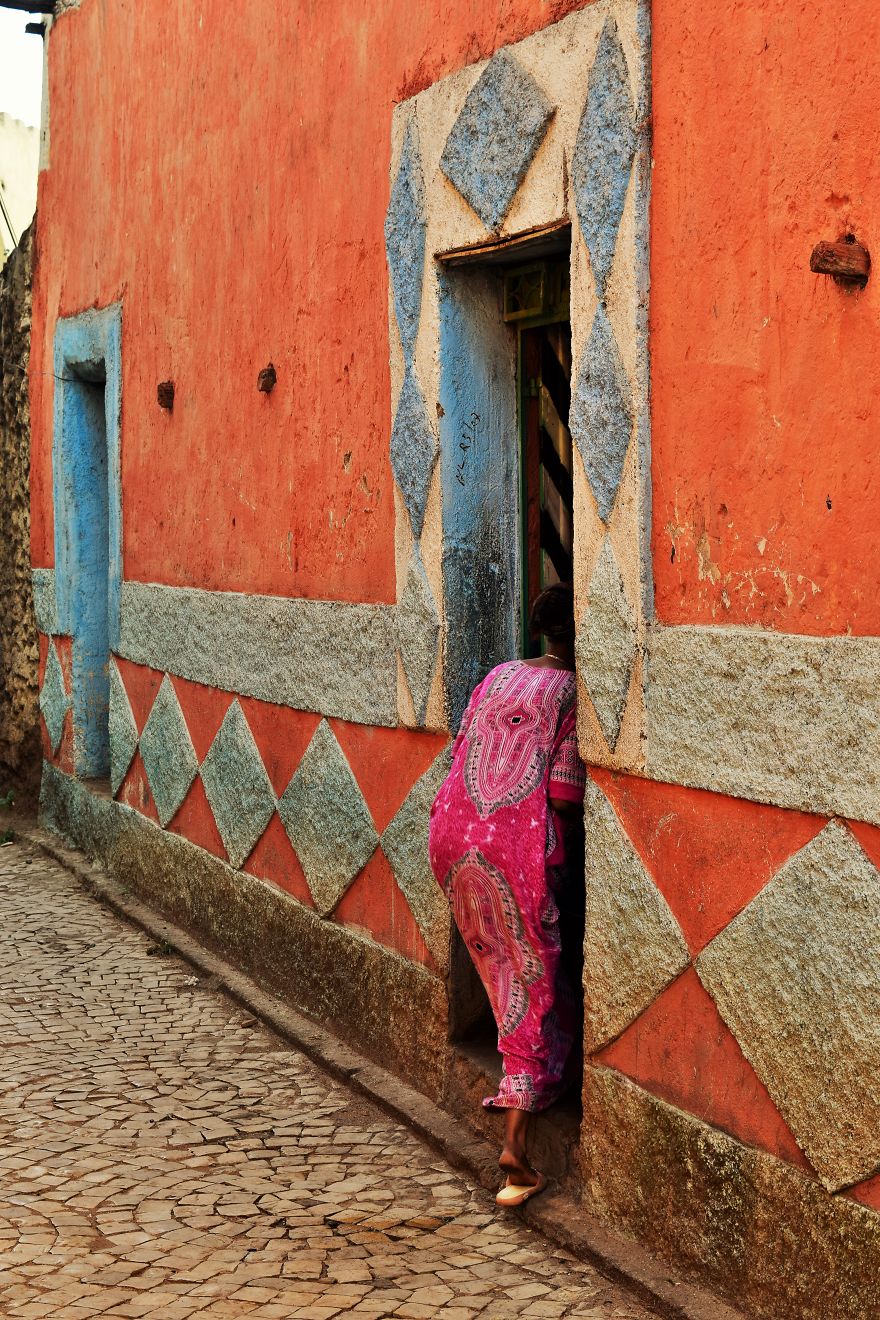
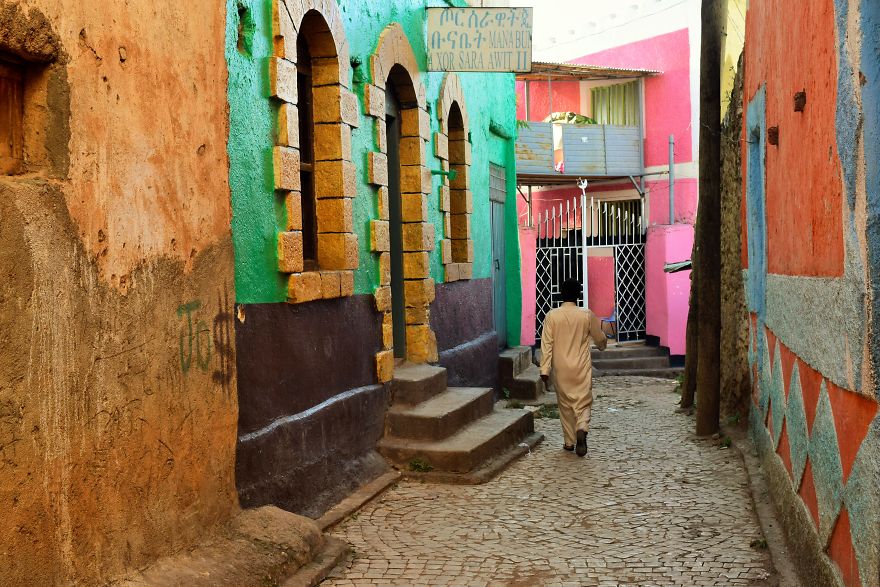
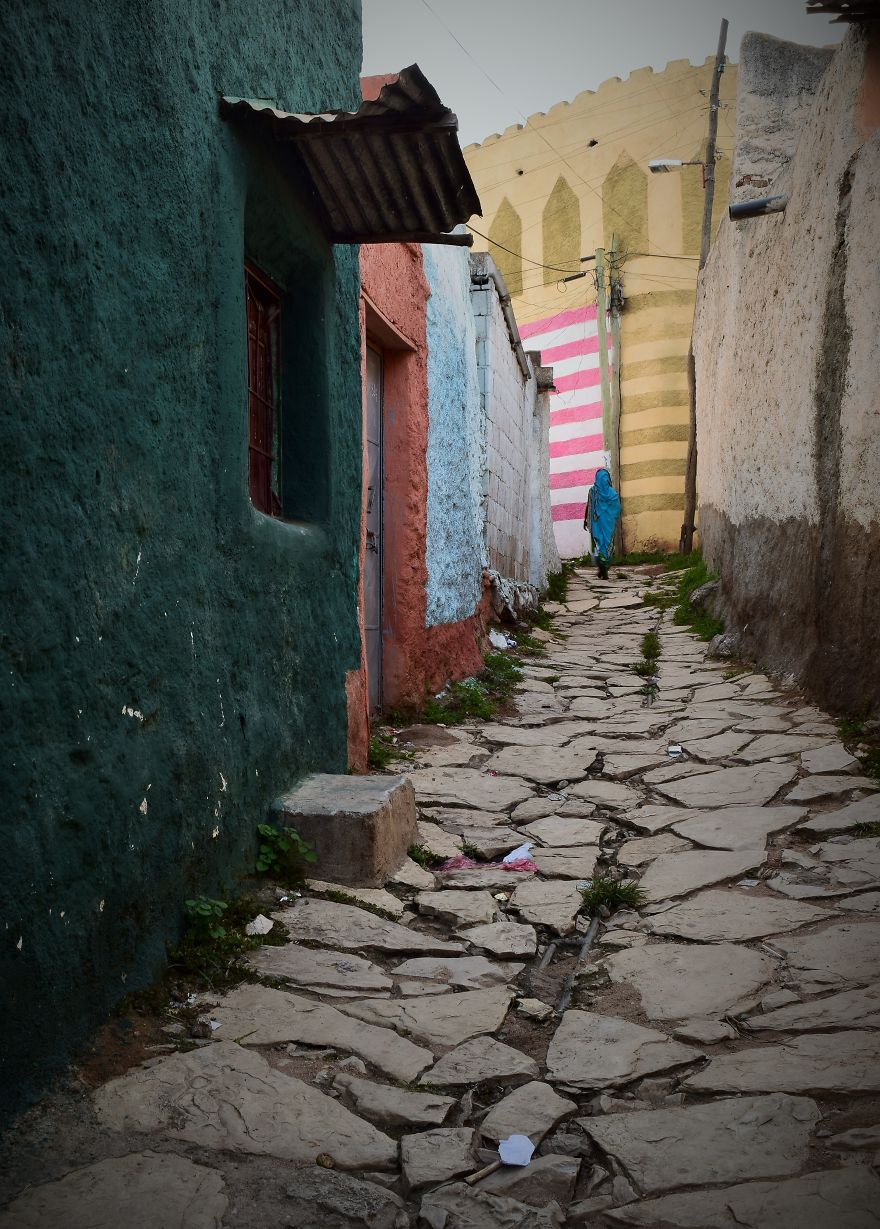
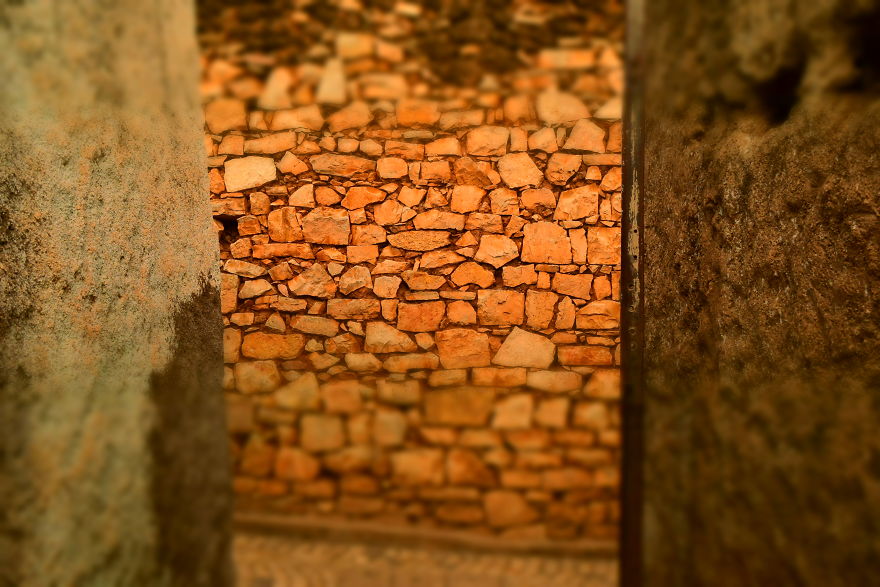
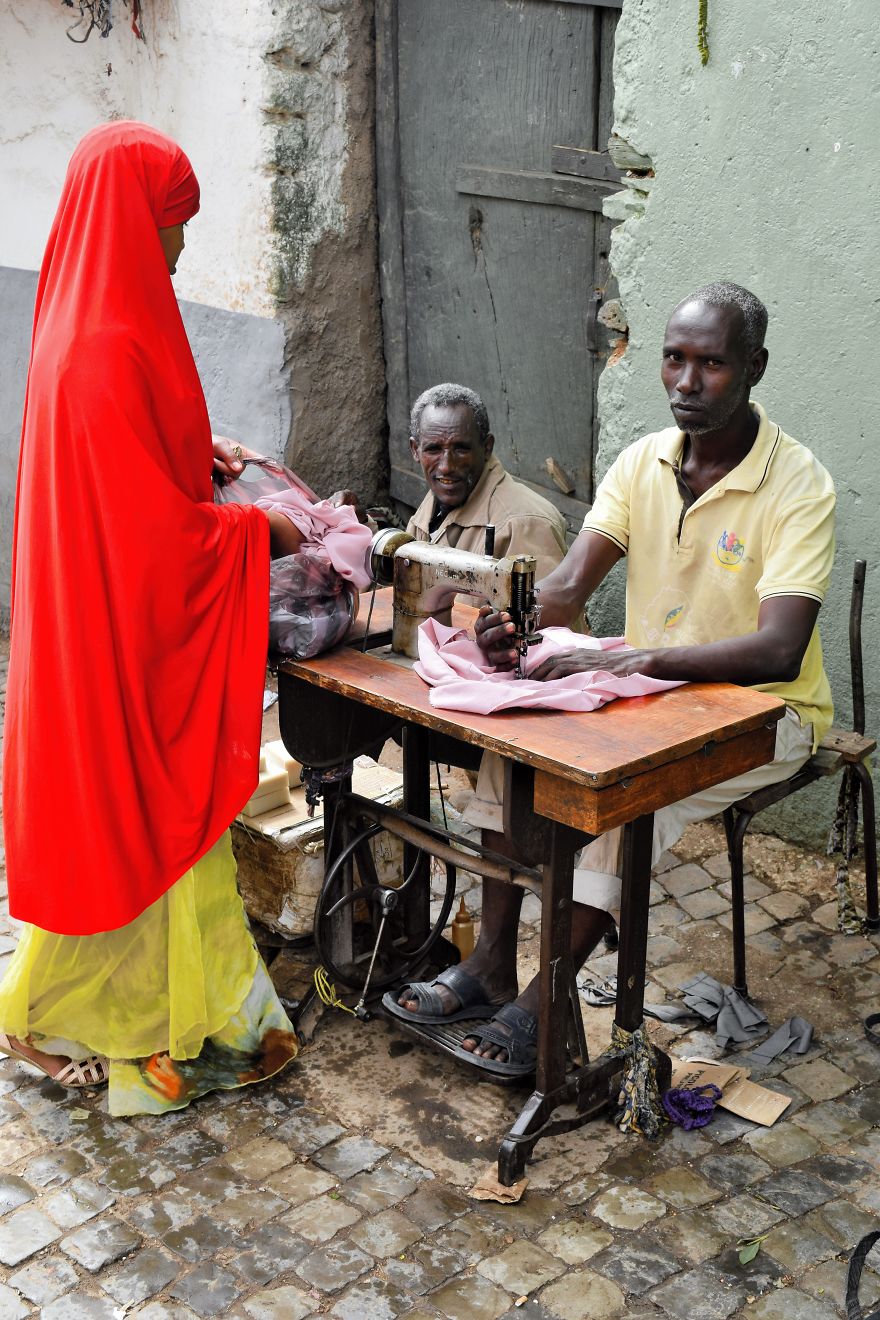
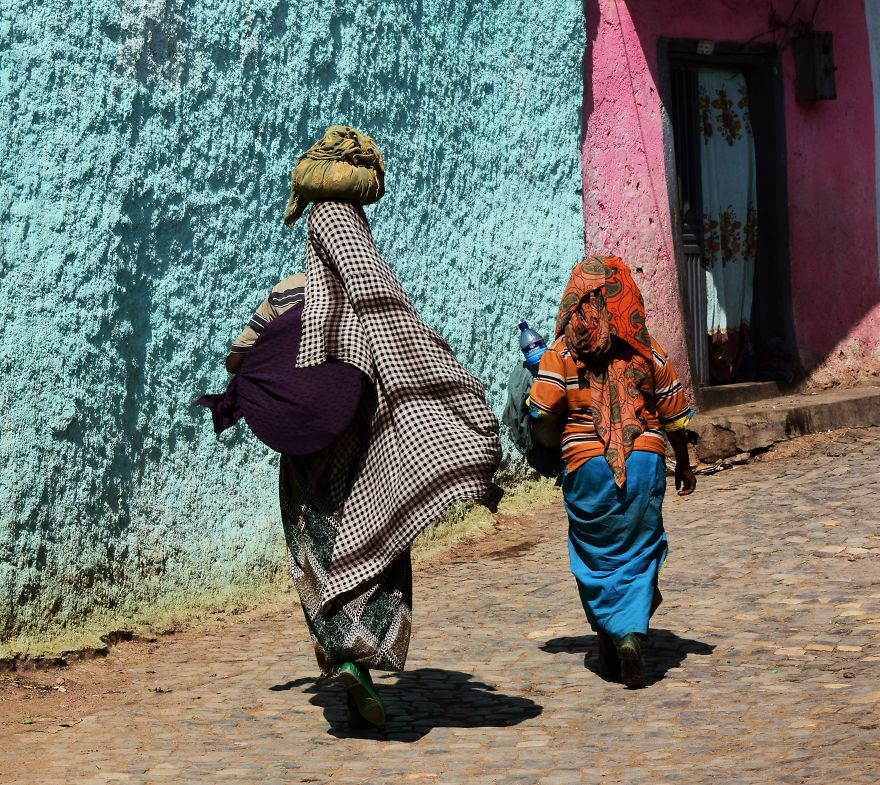
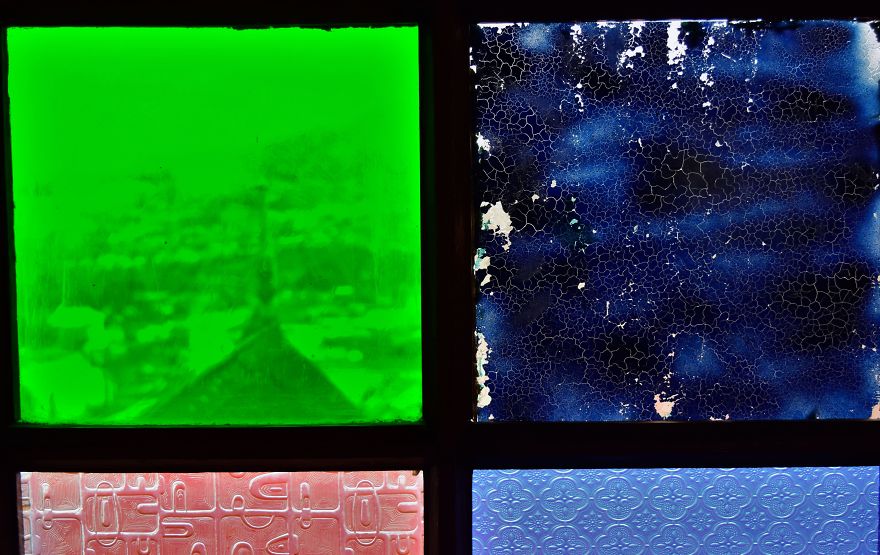



22
3